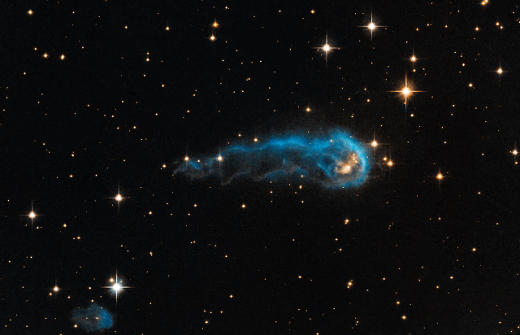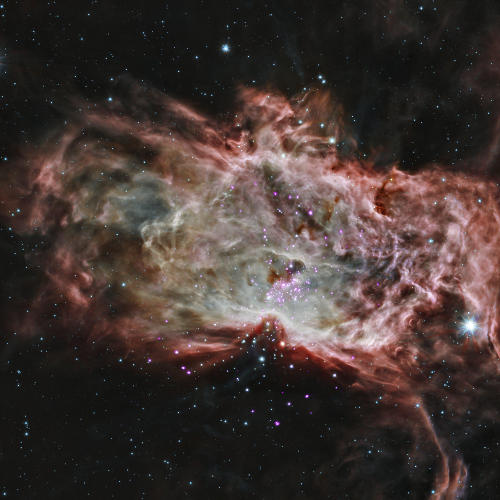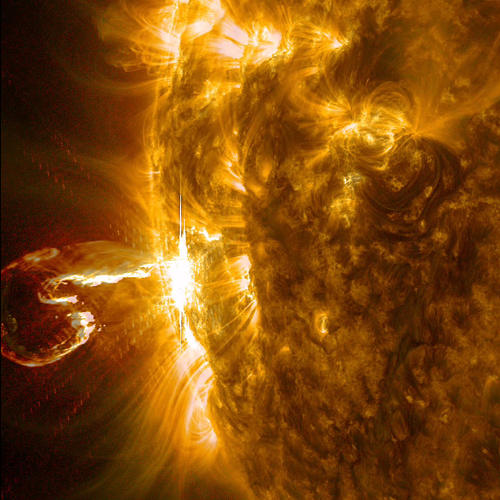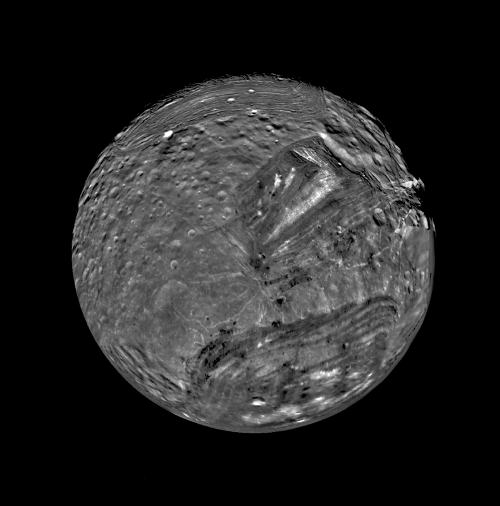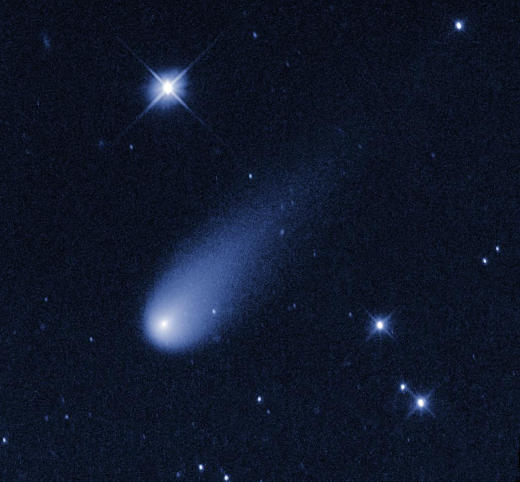
Since its discovery in 2012, Comet ISON (C/2012 S1) generated a lot of interest and intrigue before meeting its end at the hands of the Sun. It was named “ISON” after the organization where its discovery was made, using the initials of the Russian International Scientific Optical Network. The Hubble Space Telescope took this picture of Comet ISON in July 2013 as it was rocketing toward the Sun at a whopping speed of 48,000 mph. The comet itself was believed to be very cold thanks to an icy nucleus and a tail streaming copious amounts of gas and dust. It disintegrated into the Sun on December 1-2, 2013.
